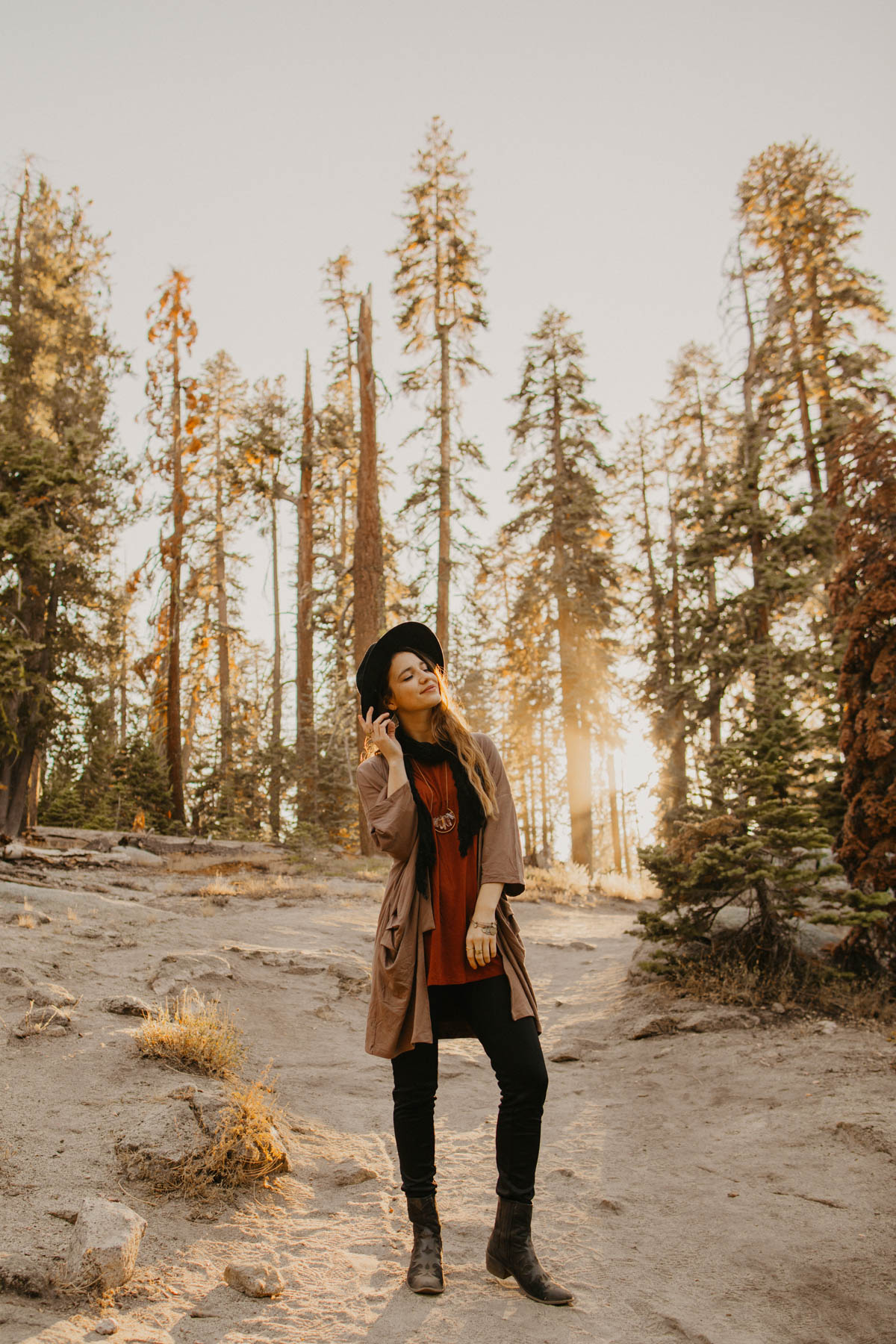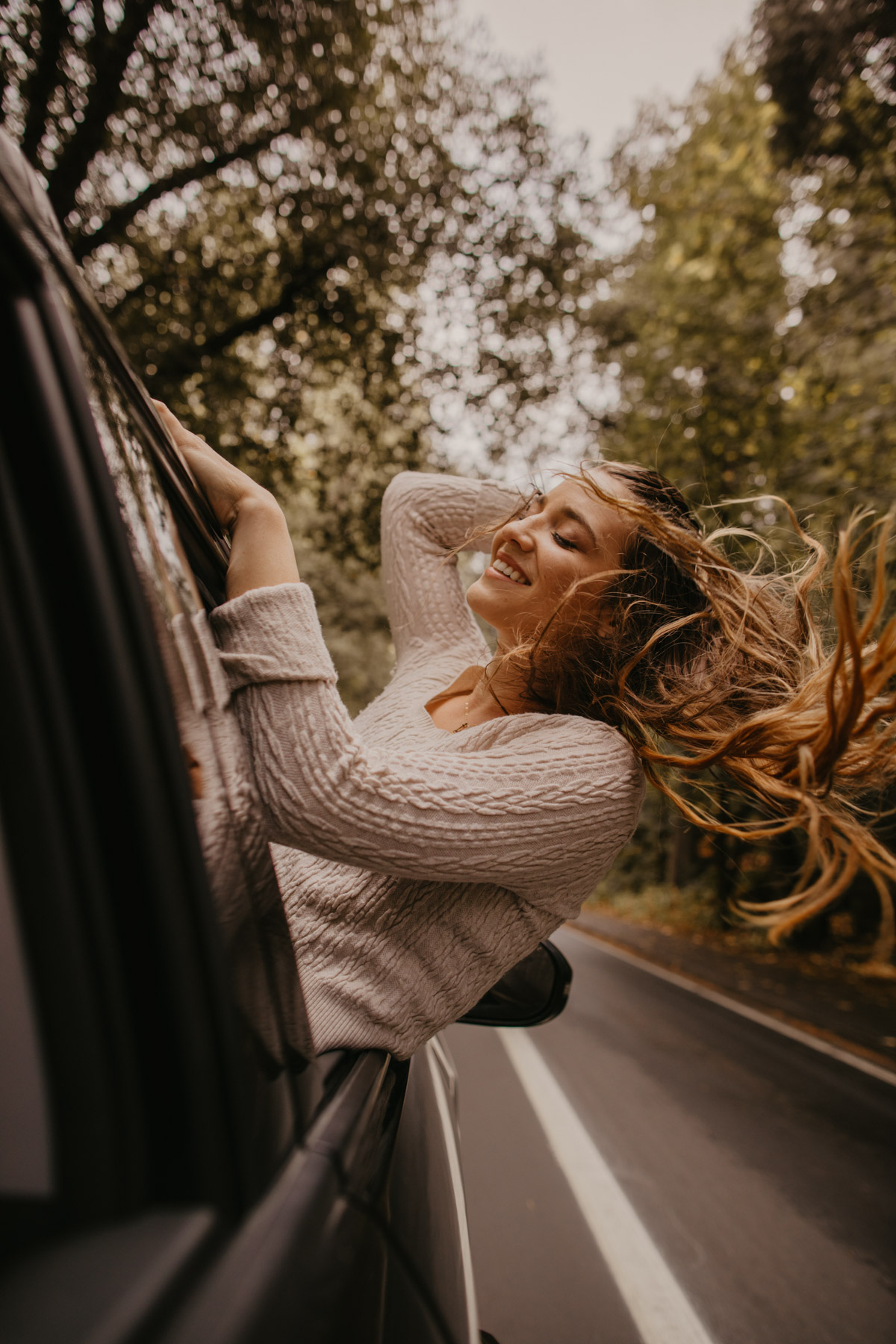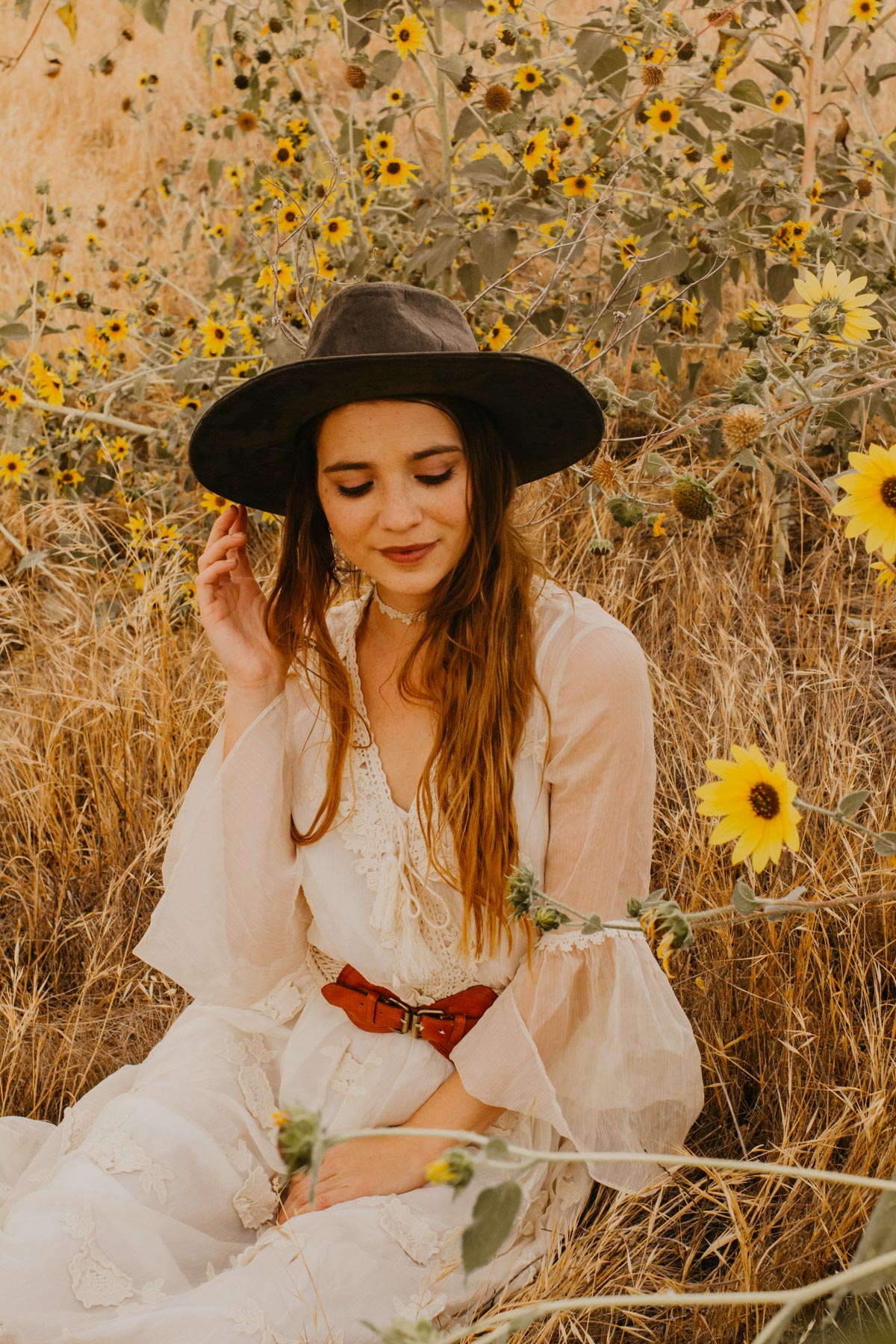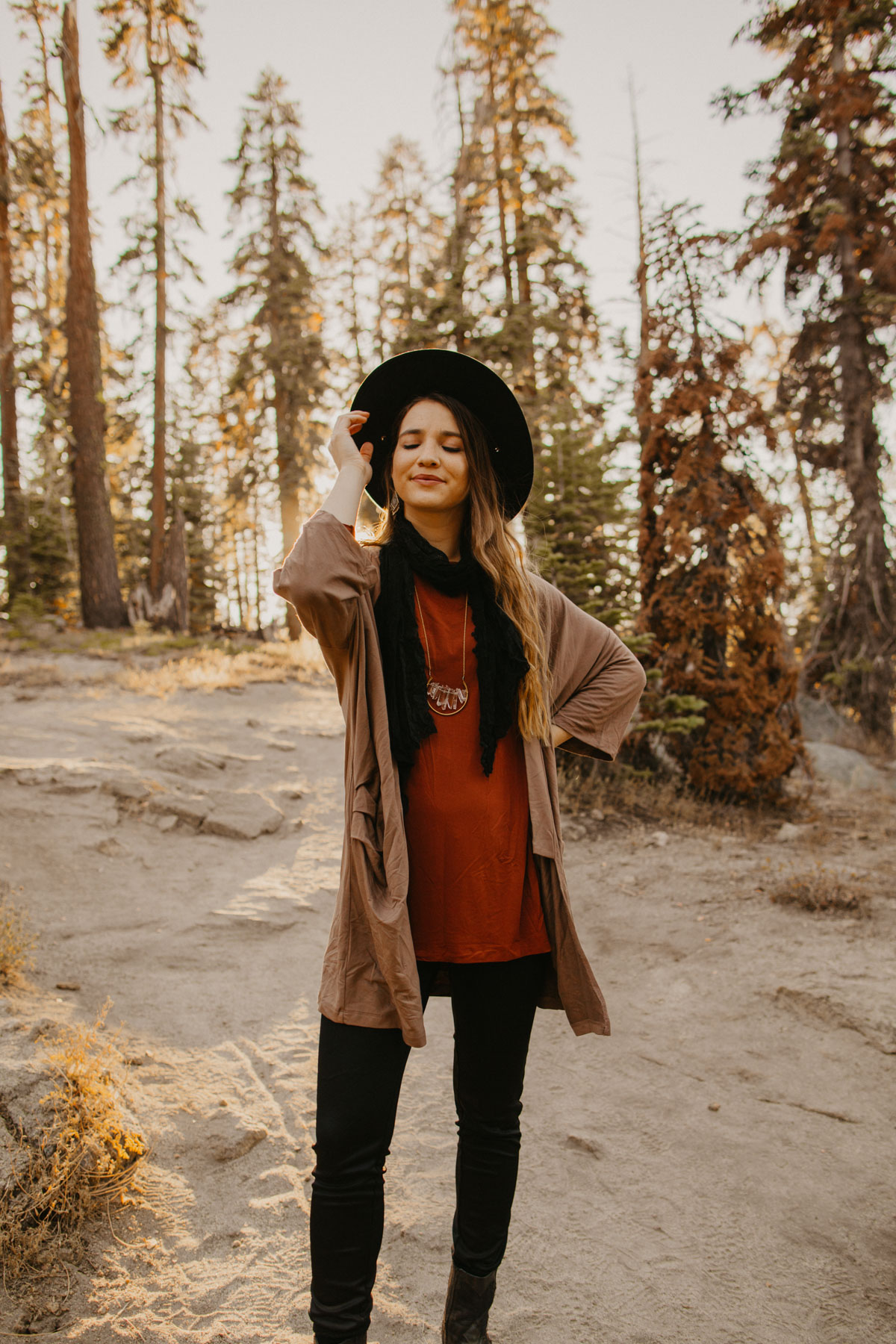OVERLAP - CAN BE BOTH ECO & ETHICAL
Made in America: Most clothing items made in the United States are not necessarily eco-friendly or sustainable. However, if the clothing is made in the United States, wages and working conditions in American factories are usually better than in other countries, due to stricter regulations and workplace standards. However, there have been reports that there are still sweatshops in the US where workers are not earning minimum wage, or are required to work long hours or work in other potentially hazardous conditions, so try to do some research. By shopping local(ish), you also cut down on transportation pollution. Something shipped within the same state or country has much less of a transportation environmental impact than something shipped from overseas. Some companies take greater measures to implement sustainable practices and materials than others. Depending on the company or brand though, you could be shopping both eco and ethical made in the USA items! Bonus: by purchasing items within country or state lines, you're also supporting the economy and hardworking Americans!
Made in Europe, Australia, or Canada generally have similar working conditions to the US.
Vegan Fashion:
Vegan fashion includes clothing items that are free of any animal products! This means no leather, suede, wool, silk, cashmere, fur, etc. The debate of vegan fashion needs to be addressed--you can make the case that it is eco or unsustainable and you can also make the case that it's ethical and non-ethical. Every situation requires a bit of thoughtful analysis--Here are a couple of examples:
Example 1: Company X sells Vegan shoes for ($10 - $30)
-Eco: Good because you're using much less resources to produce the fabrics and materials to make the shoes. Bad because this particular company is known for its pollution, harsh chemicals, etc. to produce shoes--thus potentially harming both the environment and workers' health.
-Ethical: Good because you're not harming animals, but not so good because this company may cut corners in taking good care of their employees, and not pay them a fair wage for work, and there have less than good working conditions in their factories.
Lower price point items are typically made cheap, do not last as long, but are much less likely to have animal products, whereas most more expensive items (unfortunately) are made with animal products and are durable. This is not the case with all brands and items though.
Example 2: Company Y sells Vegan shoes ($500+)
Eco: This company as a brand is dedicated to sustainability efforts in every area of its development and production.
Ethical: This brand is ethical all the way around - to humans, animals, and the environment.
Promoting and practicing sustainable initiatives. Environmental sustainability is both a concern for both ethical fashion and eco fashion. While it is both eco and ethical--there is sometimes a conflict in that you can't always afford to buy the most expensive items you'd like--a good time for shopping for resale.
Reflect
I hope this information helps you think about the purchases that you make and the types of companies you support. This has been quite the learning process and journey for me over the last few years and I’m always learning more about this topic and am happy to share with you all. As sustainable/ethical fashion awareness grows, so does the industry. Consumer demand drives companies to make changes, so the more we learn and talk about these issues, the more companies will shift their mindset. Let’s #MakeShiftHappen!



































































































































